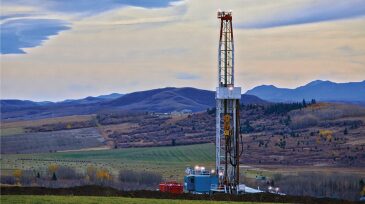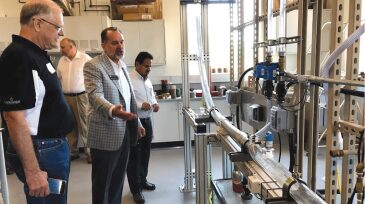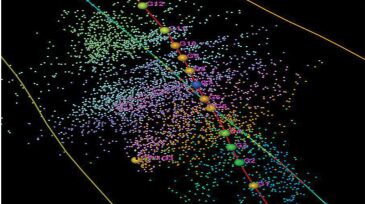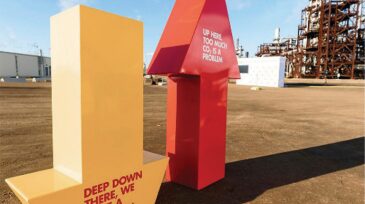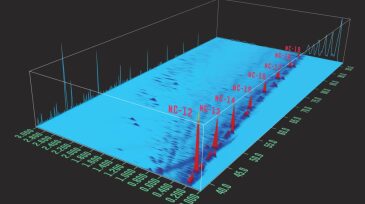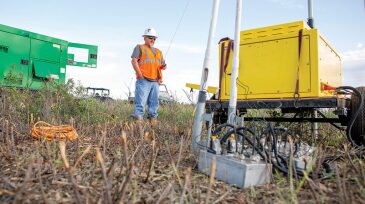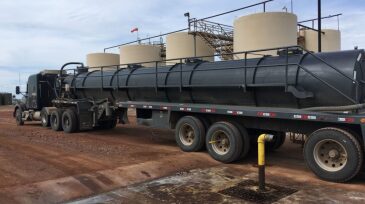Monthly Features
-
This article is the fourth in a Q&A series from the SPE Research and Development Technical Section focusing on emerging energy technologies. In this piece, David Reid, the CTO and CMO for NOV, discusses the evolution and current state of automated drilling systems.
-
Oil and gas experts encourage human/AI partnerships that can “supercharge” capabilities to create competitive advantages.
-
Casing deformation has emerged as a major challenge in China’s unconventional oil and gas fields, prompting the development of new solutions to address the issue.
-
The US supermajor is using one of its lowest-value hydrocarbon products to generate double-digit production increases in its most prolific US asset.
-
The use of real-time wireless downhole pressure gauges proved a valuable alternative to workover operations in two onshore fields in Iraq.
-
Bad vibes are being addressed by contractors as operators push to go faster, deeper, and longer with unconventional wells.
-
For the past 20 years, the diagnostic fracture injection test has been used across the frontlines of the shale revolution to paint a picture of what cannot be seen. However, that picture has not always been so clear in the eyes of subsurface engineers.
-
The industry is becoming increasingly complex, leading to changes in how universities approach education for undergraduate study.
-
ConocoPhillips’ one-of-a-kind test site in the Eagle Ford studied core, image logs, proppant tracer, distributed temperature sensing, distributed acoustic sensing, and pressure, which shows that not all hydraulic fractures are created equal.
-
Rapid scale-up of carbon capture, use, and storage is essential for meeting climate and emissions targets while not crippling economic growth. Yet, its potential remains largely untapped because of reasons that include growing pains of immature technologies and uncertainty around public policy.
-
Total compensation for SPE members this year has risen to its highest level since 2016, as the oil and gas industry continues to recover from the steep oil price downturn that began mid-decade.
-
The time it takes for a shale producer to drill a well has been a major focus for the past decade. A new report says the industry should place equal weight on how long it takes a well to actually deliver first oil.
-
Knowing which horizon crude oil flows from and in what proportions has been a major challenge for shale producers. Increasingly, they are turning to new technology to find the answer.
-
The types of advancements made in real-time drilling data acquisition and processing are now on the doorstep of the North American completions sector. Technology developers are banding together under the umbrella of “coopetition” in a bid to change the way producers fracture tight reservoirs.
-
Figuring out how far apart to place horizontal wellbores remains one of the biggest challenges facing the future of the shale revolution. One roadblock appears to be the way in which the sector has traditionally measured these distances.
-
Ten big names in the oil and gas business created a group to try out ways to use blockchain in the oil business, and test if the record keeping and automatic data collection software can track water shipments more efficiently.
Explore Content by Discipline
Power Up With JPT Newsletters
JPT Newsletter (Weekly).
All the top stories, trends, and tech.
JPT Unconventional Insights (Monthly).
Fresh takes on shale and tight oil.
Get JPT articles in your LinkedIn feed and stay current with oil and gas news and technology.







